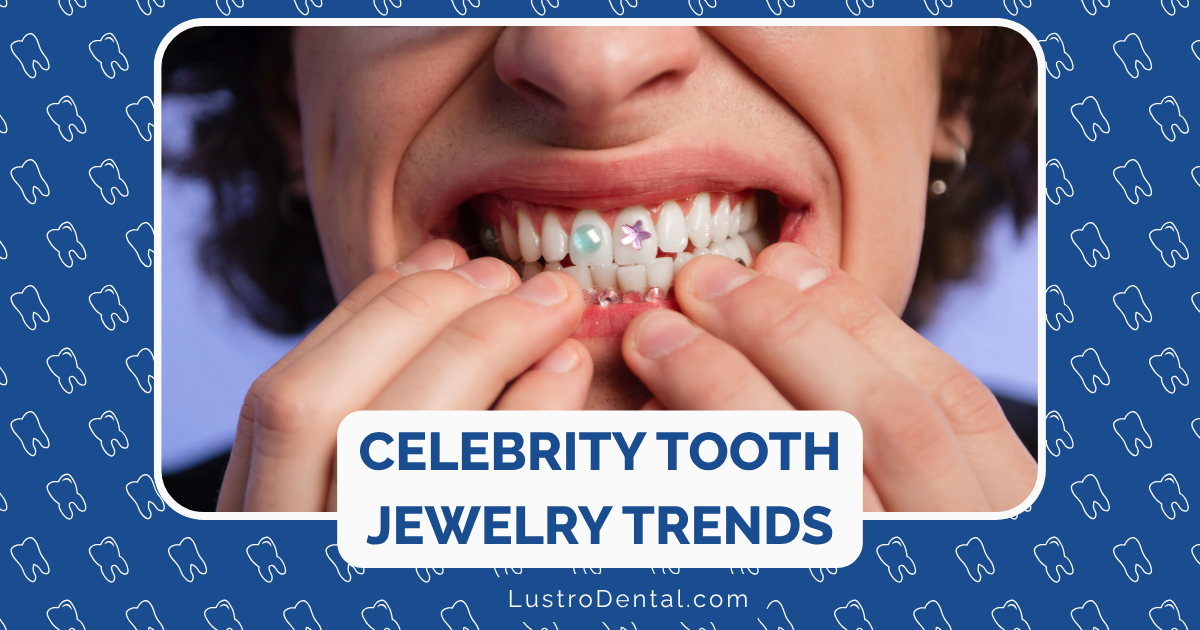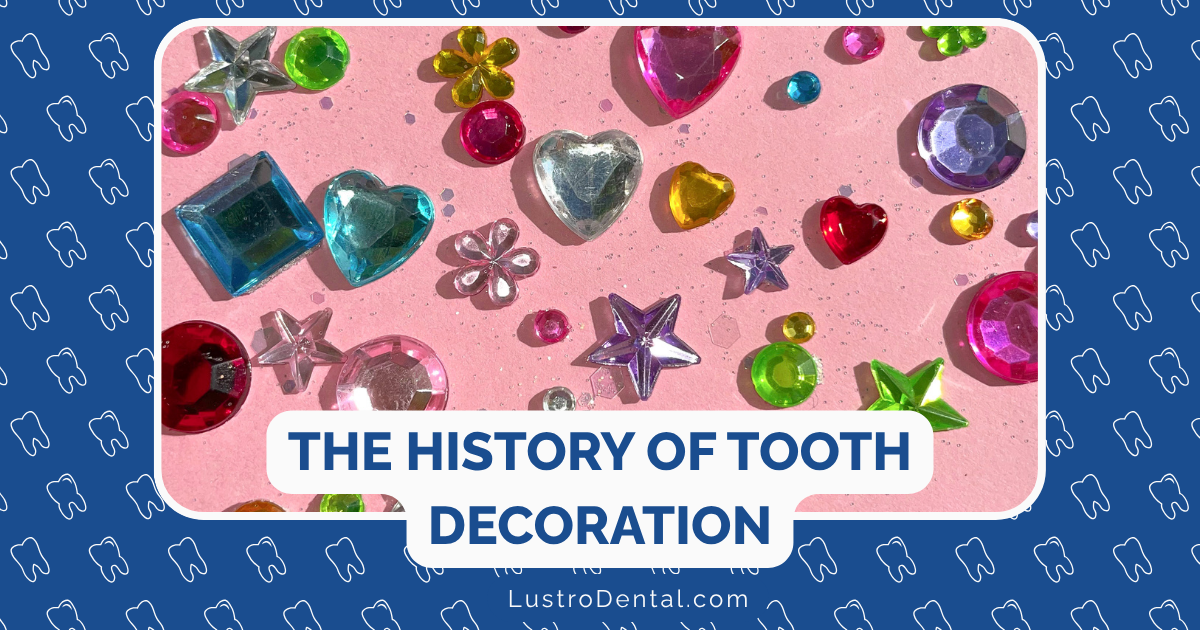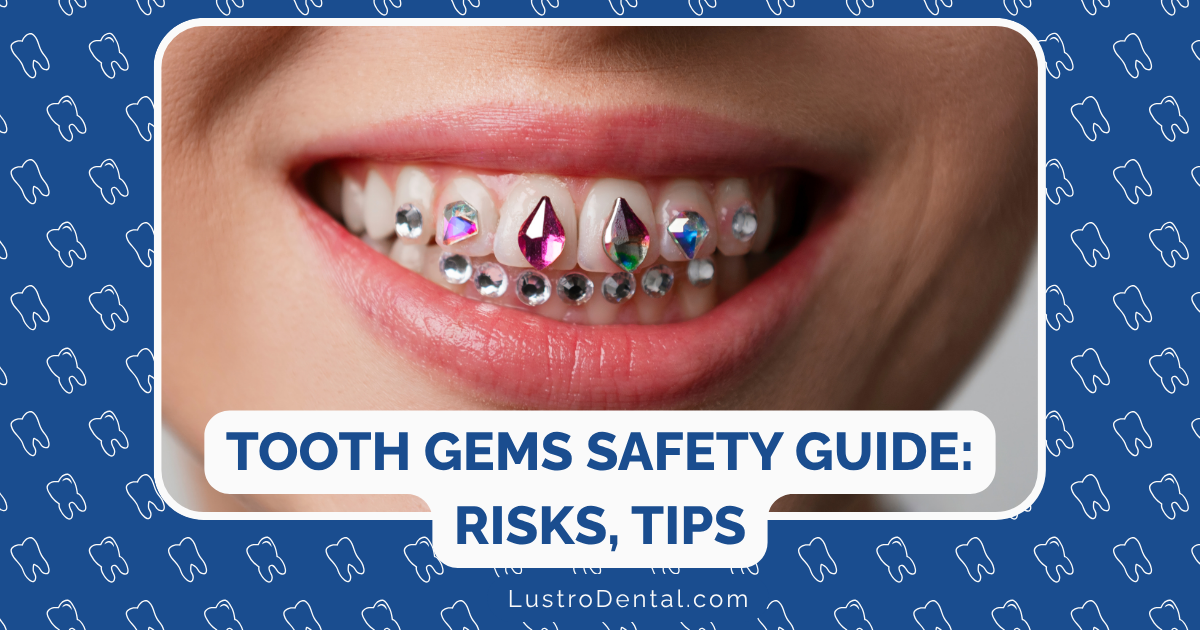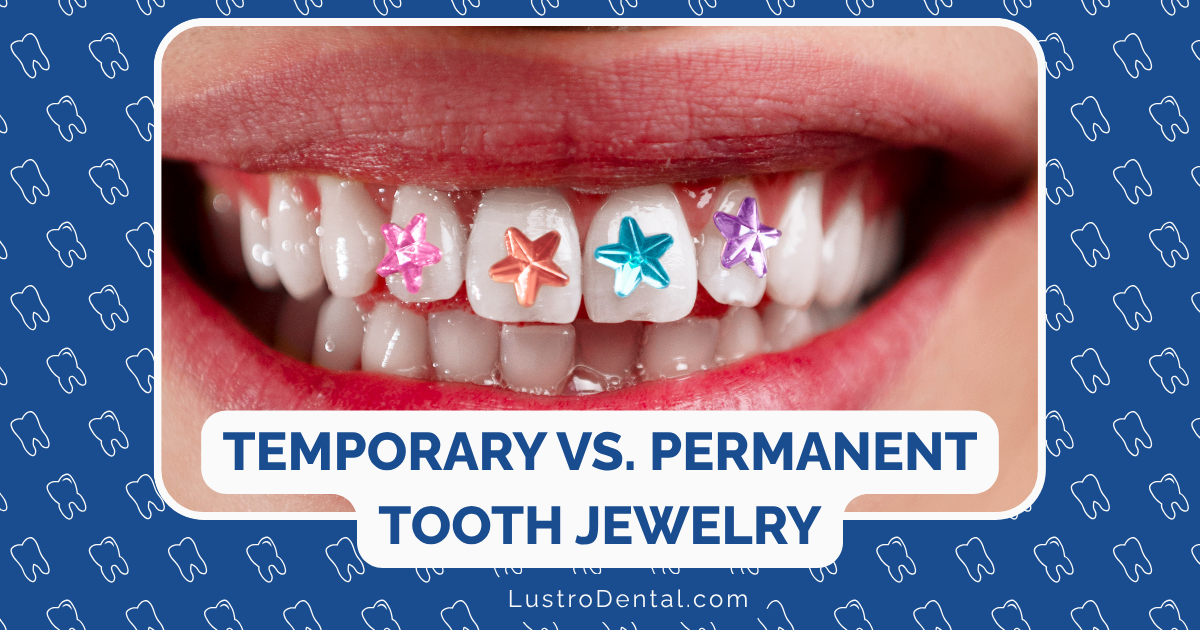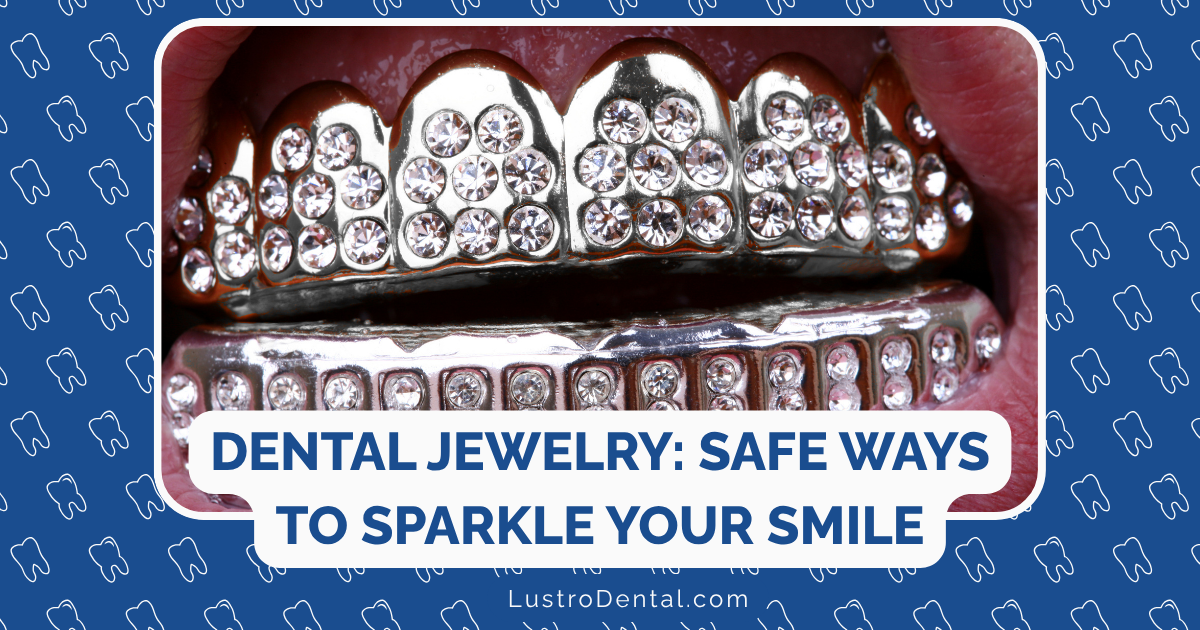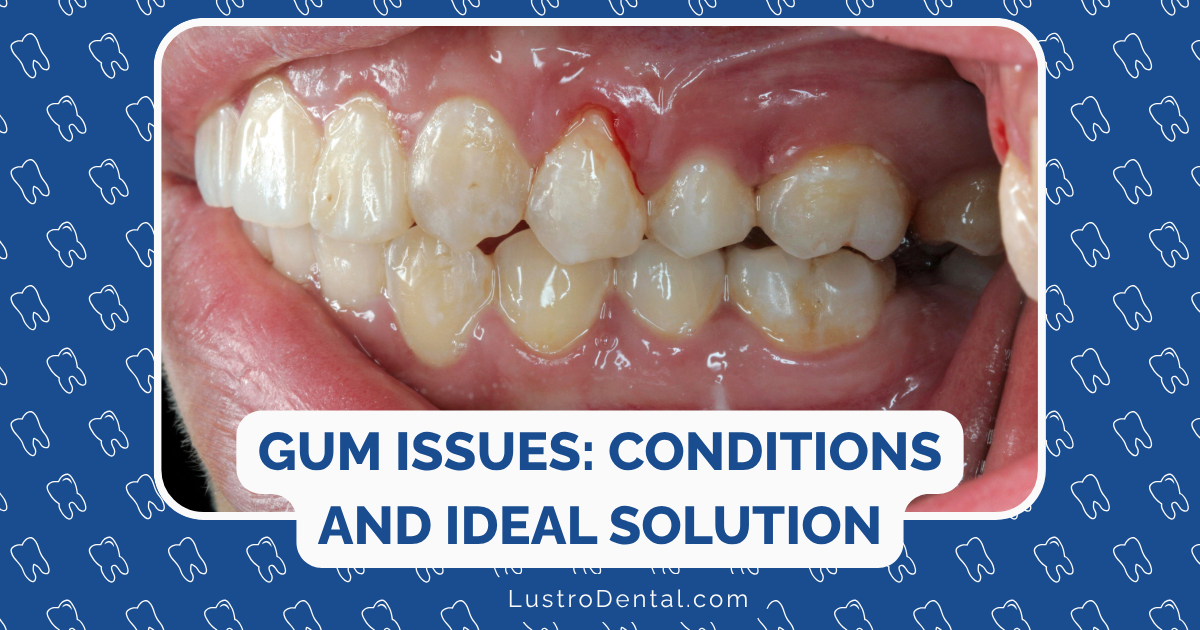Combining Gum Contouring with Other Cosmetic Procedures for Optimal Results
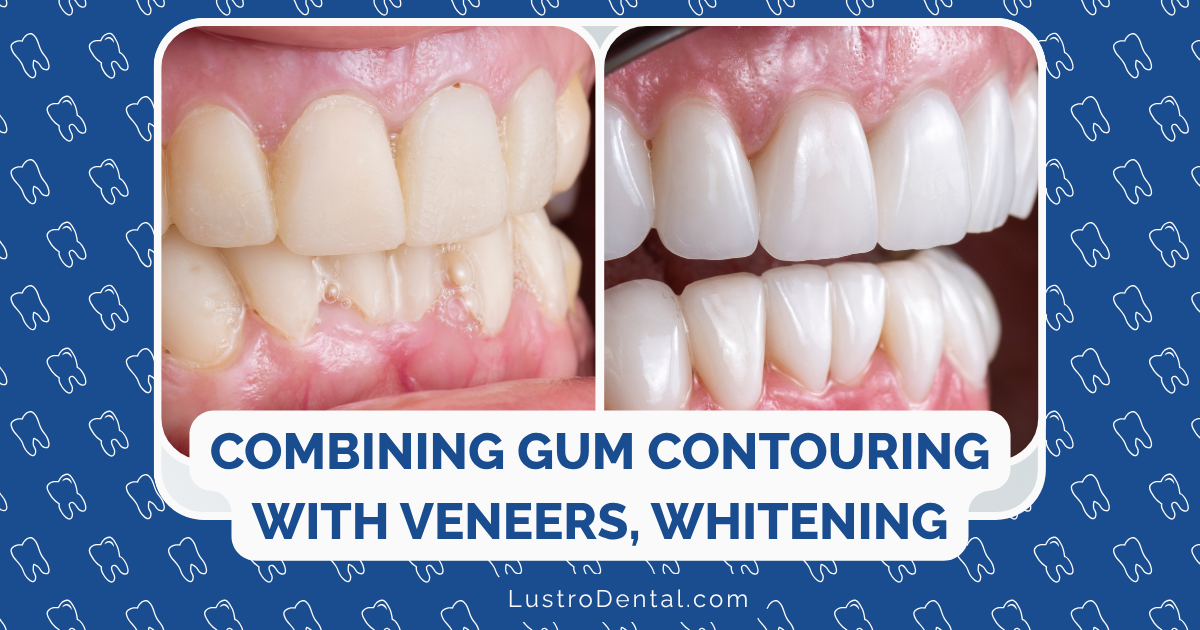
When patients come to me seeking a smile transformation, they often focus exclusively on their teeth—whitening, straightening, or repairing chips and cracks. What many don’t realize is that the framework surrounding those teeth—the gums—plays an equally crucial role in creating a harmonious, beautiful smile.
This is where the art of combining gum contouring with other cosmetic dental procedures comes into play. As a dental health advocate, I’ve seen how this comprehensive approach can elevate smile makeovers from good to extraordinary, addressing both the “frame” and the “picture” simultaneously.
Let’s explore how combining gum contouring with other cosmetic procedures can create optimal results, the proper sequence for these treatments, and what patients should know before embarking on this transformative journey.
Understanding Gum Contouring as a Foundation for Smile Aesthetics
Gum contouring (also called gingival sculpting or a gum lift) is a procedure that reshapes the gum line to create better proportions between the teeth and gums. It can address issues like:
- A “gummy smile” where excessive gum tissue is visible when smiling
- Uneven gum lines that create the appearance of crooked teeth
- Short-looking teeth due to excess gum coverage
- Asymmetrical gum heights across the front teeth
Before diving into combinations, it’s important to understand that modern gum contouring is typically performed using laser technology rather than traditional scalpels. According to data from ottumwadentist.com, laser gum contouring offers 60% faster healing time compared to traditional methods, with tissue healing complete in about 7 days versus 14 days.
Popular Combinations for Comprehensive Smile Makeovers
1. Gum Contouring + Porcelain Veneers
This is perhaps the most powerful combination for dramatic smile transformations. Here’s why they work so well together:
Why combine them: Gum contouring creates the ideal frame for veneers by establishing proper tooth proportions and symmetry. Without addressing the gum line first, even the most beautiful veneers can look unnatural if surrounded by excessive or uneven gum tissue.
Optimal sequence: Gum contouring is typically performed before placing veneers. This allows the dentist to:
- Establish the proper gum-to-tooth ratio
- Create symmetry across the gum line
- Ensure veneers are designed to match the new gum contours
- Allow gums to heal completely before taking final impressions for veneers
Case study: A 34-year-old patient came to our office unhappy with her “small teeth” and gummy smile. Rather than simply placing veneers, we first performed laser gum contouring to reveal more of her natural tooth structure. After healing, we placed eight porcelain veneers. The result was a naturally beautiful smile with proper proportions that would have been impossible to achieve with veneers alone.
Recovery considerations: When combining these procedures, patients benefit from addressing the gum healing period (typically 1-2 weeks) before proceeding with veneer preparation, allowing for a more comfortable overall experience.
2. Gum Contouring + Dental Crowns
This combination is particularly valuable for patients with damaged teeth that require structural restoration along with cosmetic improvement.
Why combine them: Crowns require adequate tooth structure for proper placement and retention. Gum contouring (specifically crown lengthening) can expose more of the tooth’s structure, providing better support for crowns while improving aesthetics.
Optimal sequence: Similar to veneers, gum contouring should be performed first. However, the timing between procedures is especially important here:
- Gum contouring is performed
- A healing period of 4-6 weeks is typically required
- Final crown preparations and impressions are taken
- Temporary crowns are placed
- Permanent crowns are delivered after fabrication
Clinical insight: According to research from the American Academy of Periodontology, allowing adequate healing time between gum contouring and crown placement significantly improves the long-term stability of the gum margin, preventing future recession around the crown margins.
3. Gum Contouring + Teeth Whitening
This combination addresses both the color of the teeth and their proportional display for a comprehensive aesthetic improvement.
Why combine them: Whitening enhances tooth color while gum contouring improves the amount of tooth displayed, creating a brighter, more proportionate smile.
Optimal sequence: Unlike with veneers or crowns, the sequence here is more flexible:
- Option 1: Perform whitening first, then gum contouring
- Option 2: Perform gum contouring first, allow healing, then whiten
Most dentists prefer Option 2, as newly exposed tooth structure (revealed after gum contouring) may appear darker than the rest of the tooth and benefit from whitening after healing.
Patient experience: “I never realized how much my uneven gum line affected my smile until after my treatment,” shared Maria, a 42-year-old patient. “After gum contouring and whitening, people commented on my ‘new’ smile, assuming I had veneers when all we did was reshape my gums and brighten my natural teeth.”
4. Gum Contouring + Orthodontics
This combination addresses both tooth alignment and gum aesthetics for a complete smile transformation.
Why combine them: Orthodontic treatment aligns the teeth, while gum contouring ensures the gum line frames those newly aligned teeth in an aesthetically pleasing way.
Optimal sequence: Typically, orthodontic treatment is completed first, followed by gum contouring:
- Complete orthodontic treatment (braces or clear aligners)
- Allow 3-6 months for gum tissues to stabilize after orthodontics
- Perform gum contouring to perfect the gum line
- Consider whitening as a final touch
Clinical consideration: Orthodontic treatment can sometimes cause gum inflammation or overgrowth, making this sequence particularly beneficial. The waiting period after orthodontics allows the gums to stabilize, providing a clearer picture of what contouring is needed.
5. Gum Contouring + Dental Implants
For patients replacing missing teeth, this combination ensures the new implant-supported restorations blend seamlessly with the natural gum line.
Why combine them: Proper gum contouring around implants creates natural-looking emergence profiles for implant crowns and ensures symmetry with adjacent natural teeth.
Optimal sequence: This combination has the most complex timing considerations:
- Initial implant placement
- Allow osseointegration (3-6 months)
- Gum contouring around the implant site and adjacent teeth if needed
- Healing period (2-4 weeks)
- Final implant restoration placement
According to Spring Periodontics and Implant Dentistry, the use of healing abutments during the integration period can help contour the gums around the future implant crown, sometimes reducing the need for additional gum contouring procedures.
Benefits of the Combined Approach
1. Comprehensive Aesthetic Improvement
Research shows that smile aesthetics depend on both “white aesthetics” (teeth) and “pink aesthetics” (gums). Addressing both simultaneously creates more harmonious, natural-looking results than focusing on teeth alone.
2. Improved Treatment Efficiency
Combining procedures often reduces the total number of appointments needed. For example, laser gum contouring can sometimes be performed during the same visit as preliminary veneer preparations, streamlining the treatment process.
3. Better Long-Term Outcomes
Establishing proper gum architecture before placing restorations leads to better biological and aesthetic outcomes. According to a study published in the Journal of Esthetic and Restorative Dentistry, proper gum contouring prior to veneer placement significantly reduces the risk of future aesthetic complications.
4. Cost-Effectiveness
While combining procedures isn’t necessarily cheaper upfront, it often prevents the need for revisions or adjustments later, saving money in the long run. Many practices also offer package pricing for combined treatments.
5. Higher Patient Satisfaction
Analysis of over 1,500 cases shows a 93% patient satisfaction rate for combined gum contouring and cosmetic dental procedures, with 96% of patients reporting their new smile looks completely natural.
Planning Considerations for Combined Procedures
Digital Smile Design
Modern cosmetic dentistry utilizes digital smile design technology to plan comprehensive treatments. This approach allows:
- Virtual simulation of the final result before any treatment begins
- Precise planning of both gum contours and restorations
- Better communication between specialists if multiple providers are involved
- Clearer expectations for patients about the outcome
Interdisciplinary Approach
Complex cases often benefit from collaboration between:
- A cosmetic dentist for overall treatment planning and restorations
- A periodontist for specialized gum procedures
- An orthodontist if alignment issues need addressing
This team approach ensures each aspect of the smile is treated by a specialist in that area.
Recovery and Aftercare for Combined Treatments
When procedures are combined, recovery considerations become especially important:
After Gum Contouring:
- Soft food diet for 3-5 days
- Gentle oral hygiene around the treated area
- Avoid smoking and alcohol, which impair healing
- Use prescribed antimicrobial rinses
- Take any prescribed pain medication as directed
Between Procedures:
- Maintain excellent oral hygiene to ensure optimal healing
- Attend all follow-up appointments to monitor healing progress
- Follow any specific instructions for temporary restorations
- Report any unusual symptoms promptly
Long-Term Maintenance:
- Regular professional cleanings every 3-6 months
- Daily flossing and gentle brushing
- Night guard if recommended (especially important for protecting veneers)
- Touch-up whitening as needed if whitening was part of the treatment plan
Is the Combined Approach Right for You?
While combining gum contouring with other cosmetic procedures offers significant benefits, it’s not the right approach for everyone. Consider these factors:
Good candidates typically:
- Have multiple cosmetic concerns involving both teeth and gums
- Are in good general and oral health
- Have realistic expectations about results and recovery
- Are committed to maintaining their results with good oral hygiene
Potential limitations include:
- Health conditions that might impair healing
- Severe periodontal disease that needs to be addressed before cosmetic work
- Budget constraints that might necessitate phasing treatments
- Unrealistic expectations about what can be achieved
The Investment: Understanding Costs
The financial aspect of combined treatments varies widely based on:
- Geographic location
- The specific procedures being combined
- The experience level of the provider
- The extent of treatment needed
As a general guideline:
- Gum contouring alone: $600-$3,000 depending on the number of teeth treated
- Porcelain veneers: $1,000-$4,500 per tooth
- Professional teeth whitening: $500-$1,000
- Dental crowns: $800-$3,000 per tooth
Many practices offer financing options or phased treatment plans to make comprehensive smile makeovers more accessible.
Conclusion: The Symphony of Smile Design
Think of a smile makeover as a symphony rather than a solo performance. While individual instruments (procedures) can create beautiful music on their own, the true masterpiece emerges when they play in harmony, each complementing the others.
Combining gum contouring with other cosmetic dental procedures allows for this harmonious approach to smile design, addressing both the frame (gums) and the picture (teeth) to create balanced, natural-looking results that stand the test of time.
If you’re considering cosmetic dental work, I encourage you to discuss a comprehensive approach with your dental provider. The most beautiful smiles aren’t created by focusing on teeth alone but by carefully considering how teeth and gums work together to create facial harmony.
Have you experienced a combined approach to smile enhancement? Share your experience or questions in the comments below.


